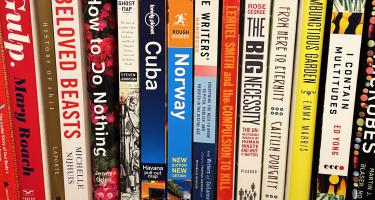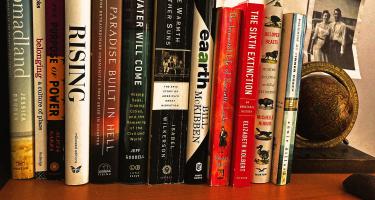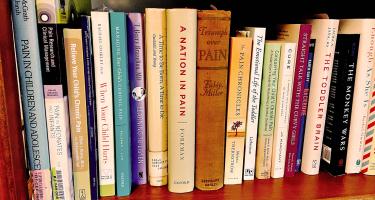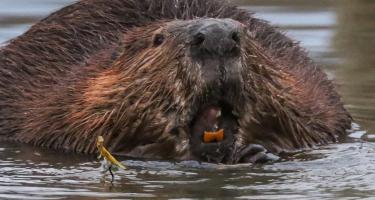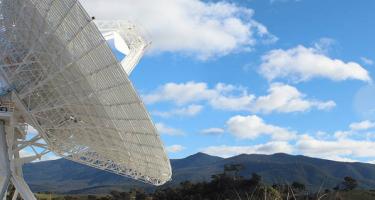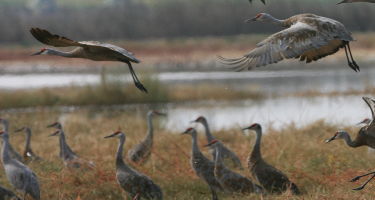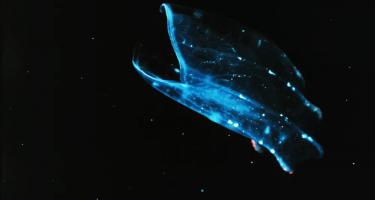
Vincent Kiernan—Atomic Bill: A Journalist’s Dangerous Ambition in the Shadow of the Bomb
William Laurence, New York Times science writer and, from 1956-’64, NYT science editor, received two Pulitzer Prizes. In 1934, he helped launch NASW. He also took money from sources to skew stories, Vincent Kiernan asserts in Atomic Bill: A Journalist’s Dangerous Ambition in the Shadow of the Bomb. Laurence focused on serving himself, Kiernan maintains, not the NYT or his readers.

